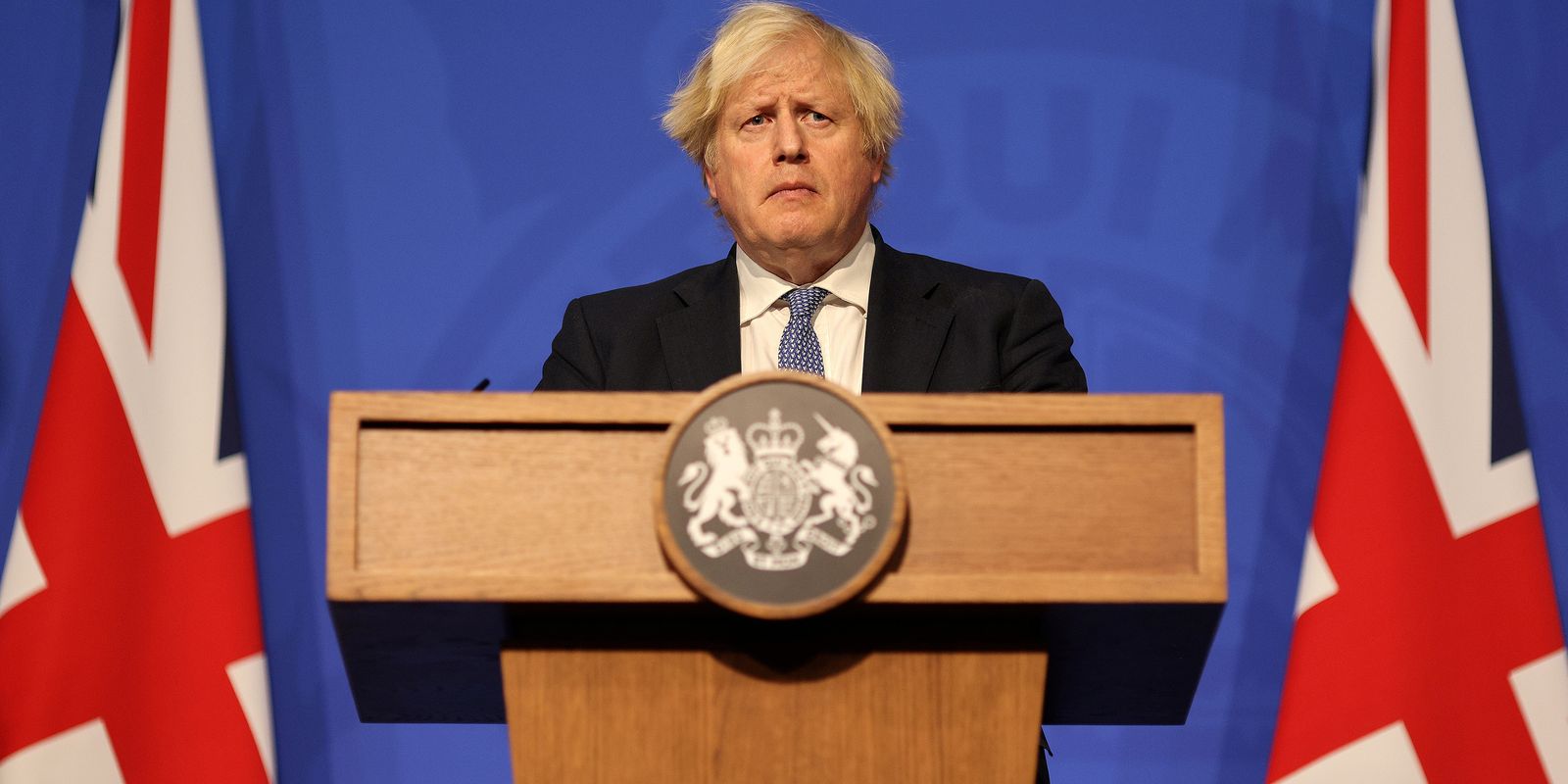Although the rules of the sport were developed in this country, the truth is that in some other parts of the world the most popular sports were different.
Football, the most popular sport on the planet, was essentially born in a pub in England in 1863, when some individuals decided to establish rules for a game that was already regularly played in this country, with the idea of differentiate it from another. very popular modality there: rugby.
The truth is that in less than four decades, football was already present in several countries around the world.
And this spread had among its reasons the fact that this sport was born in the most powerful power on the planet at the time: the United Kingdom, which controlled vast territories around the world.
However, football is not currently the most played or followed sport in many territories that once belonged to the mighty British Empire.
In Australia, New Zealand and South Africa, for example, rugby is far more popular than football, while in India and Pakistan cricket is almost a religion.
“What happened with Australia or India is that when the British came, the national sport in England was cricket, not football. And rugby was the favorite sport of the aristocrats sent to rule these places,” says sports historian Jean Williams.
Williams points out that football was a sport for the middle and working class in the UK at that time.
“The popularization of football in the world was due to two reasons: first, the proliferation of railways built by English engineers and, second, the academic exchange that took place with people from other countries, mainly from Latin America and Asia,” Williams said.
Cricket and rugby: the sports of the Empire
Cricket is a ball-and-bat sport (like baseball, but with substantial differences in mode and strategy) played on an oval pitch where the primary objective is to score runs (runs).
The sport, which has its roots in the Middle Ages, became England’s national sport from the 18th century and, of course, during the height of the British Empire.
Added to this is the popularity of another modality: rugby, considered for decades “a wild sport played by gentlemen”.
“These sports were concentrated in the upper classes and the rulers of the time. What they did was introduce them almost officially in territories like Australia, India or South Africa”, explains Williams.
While cricket had already been introduced to India by British merchants in the 17th century, it was the conquest of these territories in the mid-19th century that finally gave the sport the recognition it retains there today.
Something similar happened with rugby, which also started to become popular in the middle of the 19th century, mainly in Oceania and South Africa.
“Sport in the British Empire served as a unifying force, often steeped in nationalist rhetoric, and served for purposeful representations of the climate of social and political struggle,” notes historian Patrick Hutchinson in the essay. Sports and British colonialism (“Sports and British Colonialism”, in free translation).
This influence has made India and Pakistan? and also Australia? current powers of cricket.
In rugby, the only men’s teams to have been crowned world champions outside of England are New Zealand, South Africa and Australia, all former British colonies.
In fact, the most popular sport in Australia is Australian rules football, which is a combination of cricket, rugby and soccer, very similar to the early version of English rugby.
In addition, football had two characteristics that distanced it from these colonized territories: it was codified late (in 1863) and had roots in the British middle and working class.
“By the time football became the most popular sport in the UK, cricket and rugby had taken hold in the colonies and were still the favorite sports of the upper classes and aristocracy,” says Williams.
However, this does not mean that football was not used by the imperial authorities as a “unifying force”, especially in the British African colonies.
“In Zanzibar, Egypt and elsewhere, leagues were created with the aim of exercising a form of control through sport. Football was used for this,” says Hutchison.
But the sport also had other ways to develop.
Far beyond the railways
At the start of the 20th century, the main world power was still the British Empire, with territories that stretched across Africa, Asia and the Caribbean.
In Europe, the sport has become popular thanks to the presence of expatriates who have traveled to different countries such as Germany, France, Italy and Spain.
However, in other latitudes, one of the main forms of influence was the building of railways, a British invention.
“Many people think that it was the railway workers who went around the world with football. But, in fact, it was the engineers, since football was the sport of the middle class in England”, explains the academic.
According to Williams, these professionals were influential enough not only to practice the sport, but to instruct and implement it in an organized way in these countries, as the aristocrats had done in the colonial colleges with cricket and rugby. .
At the beginning of the 20th century, particularly in Brazil, Argentina and Uruguay, the first clubs began to be created, many of which bear names in English that still exist: River Plate or Boca Juniors (Argentina); Club Nacional de Football (Uruguay) and Fluminense Football Club (Brazil), for example.
“What happened to football is that it was not divided into classes: it became popular at all levels. [na América Latina]”Williams says.
But the specialist points out that the railways were not the only means of spreading football around the world: students and visitors to the United Kingdom were a vast means of spreading the sport.
“Many of those who left Latin America or Asia to study at one of the English universities saw the sport so popular and wanted to bring it back to their home country,” says Williams.
Examples abound: Deportivo Cali, one of the most traditional clubs in Colombia, was founded by the Nazario brothers, Juan Pablo and Fidel Lalinde Caldas, who traveled to the United Kingdom at the beginning of the 20th century and spent about five years.
Charles Miller himself, considered responsible for bringing football to Brazil in the late 19th century after studying in England, was the son of a Scottish engineer who worked on the railways in the state of São Paolo.
“Football, being born in England, became something of an aspiration for people living outside the British Empire and so many football clubs were founded by people who traveled to the UK,” says- he.
But there were territories that had a British influence, such as the United States or Canada, where football also failed to take root.
“Football has tried to enter American culture many times, but the rules and the number of goals have not helped the game become more popular,” says James Brown of the Association of Football Historians of the States -United.
For Brown, Americans love contact and high-scoring sports, where higher scores can be achieved.
“But the truth is that until the age of 16, football is the most played sport by young Americans. Therefore, there is a future for this sport in the country.”
– This text was published in https://www.bbc.com/portuguese/geral-63851563

“Freelance communicator. Hardcore web practitioner. Entrepreneur. Total student. Beer ninja.”







